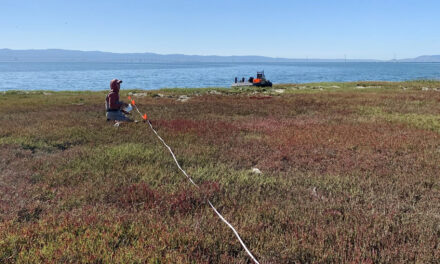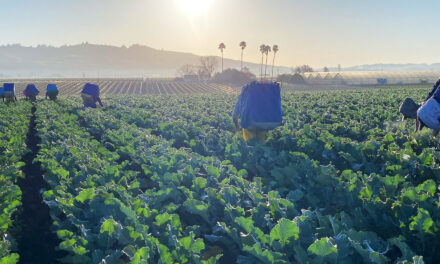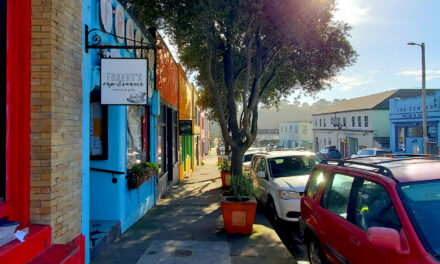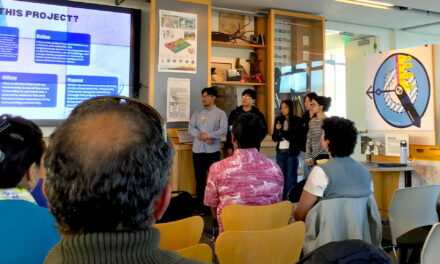Coalescing as a Region Around Sea Level Rise Response
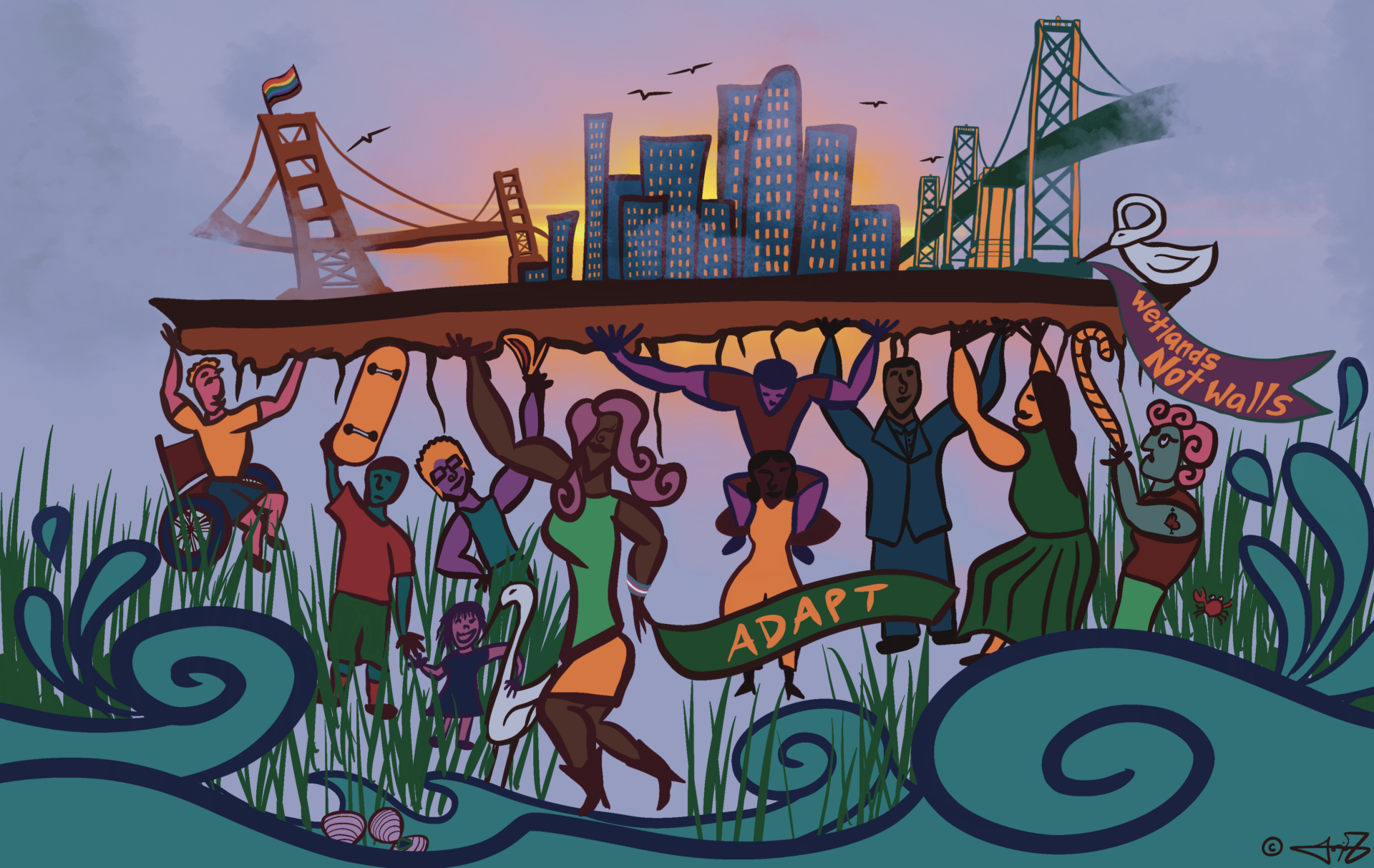
Regional leaders approved a joint platform of nine actions and 21 tasks this June aimed at galvanizing the Bay Area into collaboration on sea level rise adaptation. Actions range from rooting planning in communities to raising more money for resilience and making the best local science and technical support accessible to all. The platform also “centers the most vulnerable” – 28,000 disadvantaged people in the future flood zone and wildlife in drowning wetlands. Leaders approving the platform commended the effort to address so many governance challenges and channel so many diverse opinions: “Corralling this to where it is today quite a feat,” said the Bay Area Council’s Adrian Covert; “This document gets the balance between local responsibility and the regional role of a catalyst and supporting force pretty darn right, ” added Marin County’s Jack Liebster; “What is a platform? It is something to stand on moving forward,” summed up Mark Lubell of UC Davis.
The platform walks “hand-in-hand” in terms of sea level rise adaptation with another major regional planning document responding to climate change, Plan Bay Area, according to BCDC’s Jessica Fain. While in the past, Plan Bay Area focused more on where to locate housing and transit hubs, the latest version from the region’s government planners (MTC-ABAG) raises some deeper questions about where we’re at: “Does the region strategically move from isolation and fear into a future that is more affordable, diverse, connected, healthy and vibrant for every Bay Area resident, or do we continue down a path of inequality?”
More
First published in RARA Review, July 2021.
Other Recent Posts
WRT
WRT is a landscape architecture and planning firm that does climate resilience and adaptation projects.
Gleaning in the Giving Season
The practice of collecting food left behind in fields after the harvest is good for the environment and gives more people access to produce.
New Study Teases Out Seawall Impacts
New models suggest that sea walls and levees provide protection against flooding and rising seas with little effect on surrounding areas.
Oakland High Schoolers Sample Local Kayaking
The Oakland Goes Outdoors program gives low-income students a chance to kayak, hike, and camp.
Growing Better Tomatoes with Less Water
UC Santa Cruz researchers find the highly-desired ‘Early Girl’ variety yields more tomatoes under dry-farmed conditions.
Santa Clara Helps Homeless Out of Harm’s Way
A year after adopting a controversial camping ban, Valley Water is trying to move unsheltered people out of the cold and rain.
The Race Against Runoff
San Francisco redesigns drains, parks, permeable pavements and buildings to keep stormwater out of the Bay and build flood resilience.
Learning the Art of Burning to Prevent Wildfire
In Santa Rosa’s Pepperwood Preserve, volunteers are learning how controlled fires can clear out natural wildfire fuel before it can spark.






